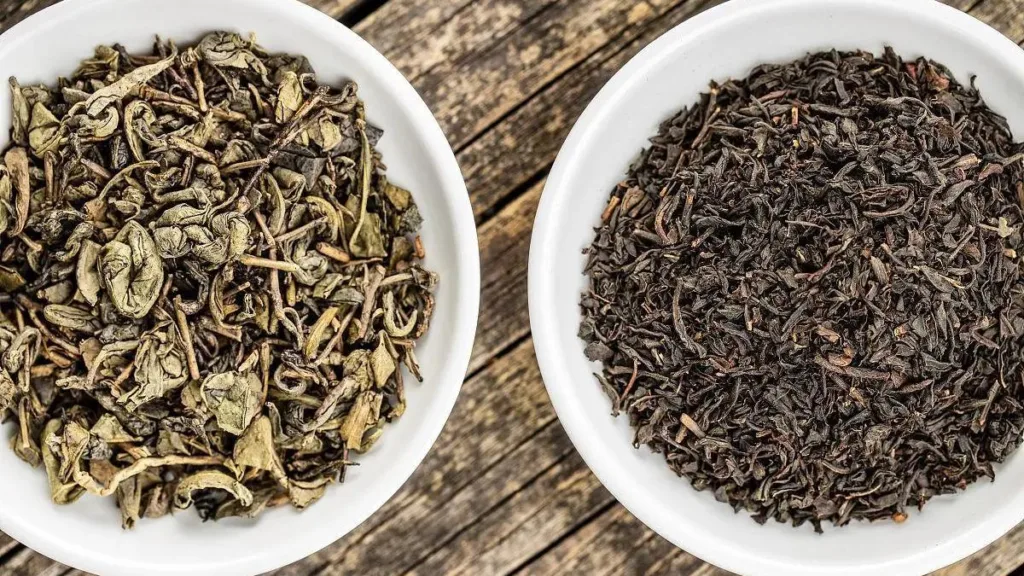The popularity of Chinese tea overseas is a fascinating story that spans centuries and involves trade, cultural exchange, and the diverse flavors and traditions associated with this iconic beverage. This explanation will delve into the key factors that contributed to the global popularity of Chinese tea.
Ancient Origins: Tea has a long and storied history in China, with its origins dating back over 4,000 years. It was initially consumed for its medicinal properties, and by the Tang Dynasty (618-907 AD), tea had become a popular beverage. This long history provided a solid foundation for the global spread of Chinese tea.
Silk Road and Ancient Trade Routes: The Silk Road, a network of trade routes that connected China to the Middle East, Europe, and Africa, played a pivotal role in the dissemination of Chinese goods, including tea. As Chinese merchants and traders traveled along these routes, they introduced tea to foreign cultures. It was especially valued for its perceived health benefits.
Tea in Buddhist Monasteries: During the spread of Buddhism across Asia, tea became an integral part of monastic life. Buddhist monks played a crucial role in introducing tea to various regions, including Japan and Korea. Over time, the practice of tea-drinking was incorporated into Buddhist ceremonies and rituals.
Tribute Tea and Diplomacy: The Chinese imperial court established the tradition of Tribute Tea, where high-quality teas were offered to foreign rulers as diplomatic gifts. This practice not only fostered diplomatic relations but also showcased the superiority of Chinese tea. Tea was a valuable commodity in international diplomacy, and it was often gifted to neighboring countries and trade partners.
The Role of European Traders: In the 16th century, European traders like the Dutch and Portuguese began to establish trade routes to Asia. They were intrigued by the exotic goods, including tea, that they encountered in the Far East. Dutch traders, in particular, played a significant role in the early European trade of Chinese tea, helping to make it popular in Europe.
Tea Culture in Japan: The Japanese embraced tea culture through interactions with China. In the 8th century, Japanese monks and envoys brought back tea seeds and knowledge of tea preparation from China. This led to the development of the Japanese tea ceremony, which shares its roots with Chinese tea culture.
The Opium Wars and Colonialism: The 19th century saw a significant shift in global tea trade. The Opium Wars and the expansion of European colonialism in Asia disrupted traditional trade routes, but they also established British India as a significant tea producer. As a result, Chinese tea faced competition from Indian and Ceylon teas.
Marketing and Branding: Chinese tea producers began to focus on marketing their teas to foreign markets. Well-known tea types, such as green tea, oolong tea, and black tea, were packaged and marketed to appeal to different international tastes. Chinese teas like Longjing and Tieguanyin became well-regarded among tea connoisseurs worldwide.
Tea as a Cultural Ambassador: In the mid-20th century, the Chinese government recognized the potential of tea as a cultural ambassador. Tea became a symbol of Chinese culture and diplomacy, with ceremonies and events held to showcase its heritage. This emphasis on tea’s cultural significance further enhanced its popularity.
Global Awareness of Health Benefits: In recent decades, the global awareness of the health benefits of tea, particularly green tea, has driven its popularity. Scientific studies have supported the idea that tea can have various health benefits, including antioxidants and potential protective effects against chronic diseases.
In conclusion, the popularity of Chinese tea overseas is a result of centuries of cultural exchange, trade, diplomacy, and marketing efforts. The rich history of tea in China, its introduction to other cultures, and its enduring appeal as a symbol of Chinese culture have all contributed to its widespread recognition and consumption across the globe. Chinese tea continues to be enjoyed and cherished by people from diverse backgrounds, and its story reflects the global interconnectedness of cultures and commerce.



